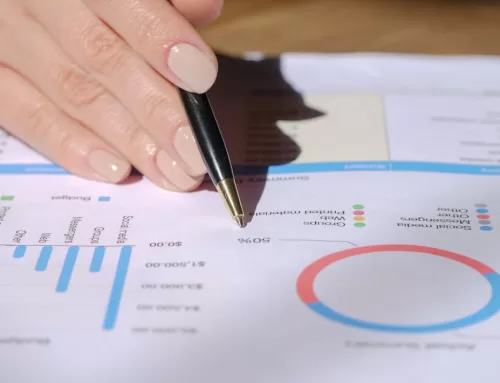Introduction to Business and Financial Forecasting
One of the main purposes of an accounting system is to accurately describe the past, but this same information can also be the basis for predicting the future. Nothing mystical is involved – we just use the numbers from before, roll-up our sleeves to factor in some changes, and “project it out.” This is the basis for budgets, operating plans and cash forecasts. Stakeholders such as equity partners, lenders, vendors and customers may request these statements on a periodic basis, and management should be using these and the underlying metrics on a very frequent basis to keep on-course. Small businesses often have predictable patterns, and an experienced financial pro can transform this into whatever is needed.
At first this requires more effort, but as time goes on, producing these statements will becomes easier, faster, and more meaningful as the numbers are fine-tuned and compared to the past.
Here is how a financial pro normally approaches business and financial forecasting:
- Clean up the existing accounting system such that management is confident in the numbers.
- Export relevant information to Excel (P&L, balance sheet, statement of cash-flows).
- Add columns for 12 – 60 future months.
- Discuss and consider how future events will impact the business, by considering the overall economy, industry conditions, competitors, labor costs, prices from vendors and of course new government regulations such as the Affordable Care Act. And most of all get managements’ input.
- Express these trends in Excel formulas for future months, and run the numbers. The spreadsheet should be constructed so that changes can be quickly tested. For example, we increase prices by 5% next year instead of 2%; the spreadsheet should factor in more revenues per unit but less units sold.
Upcoming months will be the most accurate; however after a year or two the numbers are less reliable.
Start with a Sales Forecast
Just about all operations small and large use customized forecasts to help predict the future and guide management decision making. Metrics within these forecasts are often used as performance objectives, and the effects ripple throughout the business. A good starting point is a sales forecast; once this is agreed upon plans in other areas can be set, such as:
- Production and inventory goals for product-type businesses, and capacities for service-type firms;
- Facilities and equipment needs;
- Marketing and sales budgets;
- Staffing;
- Required financings to support all of this, such as new equity or loans.
All of this is predicated on thinking out what is really expected, and numbers often range from boringly accurate to WAG’s (Wild Ass Guesses). Financial forecasting is usually not dead-on accurate, but should be the basis for planning and often reveals areas where proactive efforts must be taken. For example “we better start hiring and training our new sales staff now so that they will be ready for our new service offerings next year.” Or “Looks like we may be tight for cash next year if sales grow as expected so we better start looking at financing options.”
Forecasting requires your best common sense and professional experience, and motivation to assemble the necessary information. This educated guesswork will get more accurate over time, and soon leads to more meaningful plans. These plans, budgets, and forecasts – they are all a little different but should be customized to what is most desired by management – has the best impact when working on a month-to-month basis with special focus on the next 12 months, with a monthly review and tweaks by all involved.
Guidance from Financial Professionals
The usual best-practice is to have a financial pro set this up and then present and review with management. Once reports are finalized, comparisons with the past are often revealing (“Wow, our sales projections are always coming in higher than actuals”). Management at most firms small and large often use these as the most important inputs for decision making at all levels of the business.







